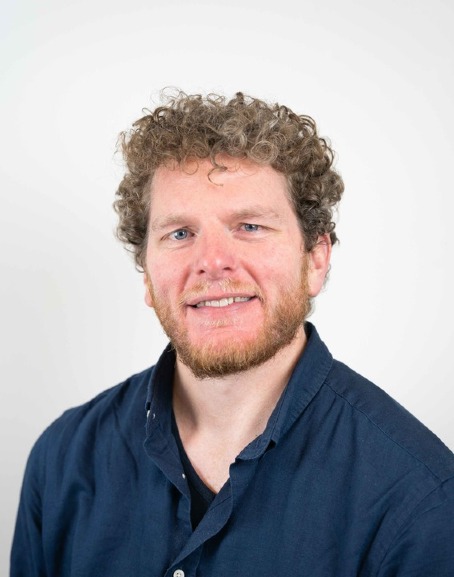New Ways of Teaching: enlisting students to edit a textbook

In New Ways of Teaching, lecturers talk about their innovative, creative and effective teaching initiatives. From unusual teaching methods to new technologies – anything goes. How do these ideas arise and what impact do they have on students?
This month: the open textbook Christopher May edited within the course unit on Biopsychology.
Who is the audience for students’ work in a course? Often students feel - at least implicitly - that they are addressing their assignments to their instructors, the lecturers that assign the course work. This makes sense if the instructor is the only one reading and providing feedback on their work. Because of this, students lack experience in the writing process of wider publications.

Expanding skills and knowledge
In my course on Biopsychology, I wanted to engage students in a different way by enlisting their help for a project that went beyond the boundaries of the course. This is an example of what has come to be called Open Pedagogy. Within this practice, students are empowered to create value-adding contributions to work targeted to and tailored for a wider community.
For this particular project, I invited students to take on the role of editors of an open textbook that I was writing at the time, titled Interdisciplinary Explorations of Neuroscience: An Active-Learning Course Companion. This textbook is an open educational resource intended to complement and enrich more traditional presentations of neuroscience content in bachelor-level courses. It makes connections between neuroscience and other disciplines such as philosophy, religious studies, and artificial intelligence. When I introduced this initiative to the students on the first day of class, one of them audibly exclaimed, ‘Cool!’. All students in the course worked through a draft of the textbook, annotating it as they went along. In the process of reading and annotating, I asked them to consider not only their own experiences of the text itself, but also how it would be received by wider communities of students who would use the book in the future.
Fruitful engagement
The many dozens of annotations the students made, as well as conversations before and after classes, led to substantive improvement to the text. For example, I rewrote a sizeable portion of one chapter in response to confusion about how exactly putative color-processing circuitry worked. I reworked passages that were considered a bit clunky. Additionally, in the appendix with model solutions, I incorporated exemplary student submissions for some of the active-learning exercises. The engagement of my students with the text produced a markedly improved resource from which future cohorts and communities of students will certainly benefit.
Open pedagogy as educational innovation
More broadly, I think that open textbooks - often encouraged and supported by university presses, like the University of Groningen Press - can be a tremendous vehicle for educational innovation. Open textbooks are freely available, reducing accessibility barriers that can exist for other published works. They are also published with creative commons licenses, which allow work to be incorporated or adapted (depending on the license) into the work of later writers, educators, and scholars. In this way, open textbooks are seeding and scaffolding an increasingly rich and diversified open educational ecosystem. Finally, as I have also commented on previously, open textbooks need not be written with their market value in mind. Instead, an educator’s focus can be exclusively on the text’s pedagogical value. Combined, open pedagogy and open educational resources can be a potent mix of tools for both reaching students and extending students’ reach.
More information
-
Christopher May
-
Read the other editions of New Ways of Teaching
| Last modified: | 06 January 2025 08.42 a.m. |
More news
-
24 March 2025
UG 28th in World's Most International Universities 2025 rankings
The University of Groningen has been ranked 28th in the World's Most International Universities 2025 by Times Higher Education. With this, the UG leaves behind institutions such as MIT and Harvard. The 28th place marks an increase of five places: in...
-
05 March 2025
Women in Science
The UG celebrates International Women’s Day with a special photo series: Women in Science.
-
16 December 2024
Jouke de Vries: ‘The University will have to be flexible’
2024 was a festive year for the University of Groningen. In this podcast, Jouke de Vries, the chair of the Executive Board, looks back.
